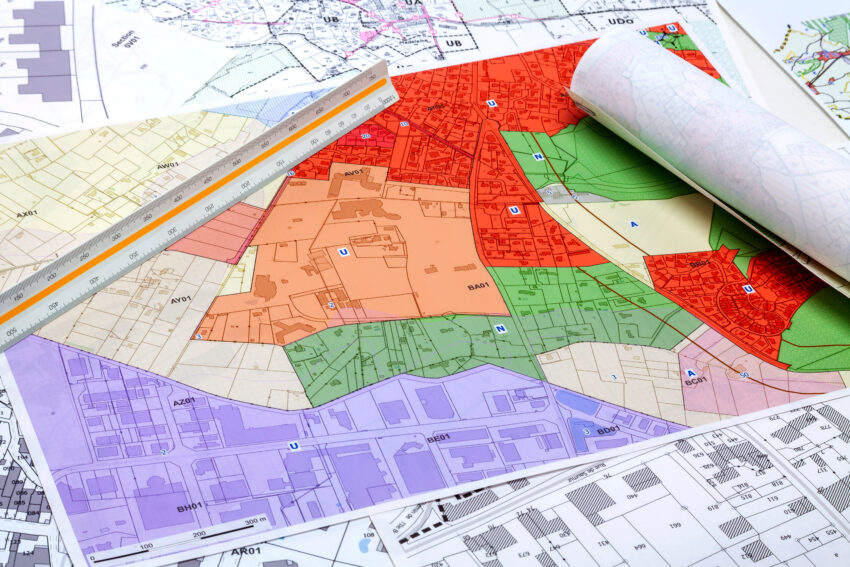Developers are preparing for a green belt “gold rush” following Chancellor Rachel Reeves’ commitment to cut planning red tape and initiate a housebuilding surge across the UK.
Phones are “ringing off the hook” as housebuilders, landed estates, and property companies gear up to take advantage of the Chancellor’s drive to unlock green belt land for development and “get Britain building again.”
Jon Stoddart, head of London and South East planning at property consultancy CBRE, commented: “We have been inundated. In the last couple of days, the phone has just been ringing off the hook. It almost feels like there could be some sort of gold rush, some sort of stampede of developers thinking ‘well actually this is a new era and it might be best to work up planning applications’.”
This surge follows Reeves’ first speech as Chancellor, where she announced “urgent steps” to deliver the Government’s central mission to “kickstart economic growth,” including reinstating mandatory local authority housing targets and reviewing green belt land.
Deputy Prime Minister Angela Rayner will instruct local planning authorities to review green belt boundaries, prioritising former industrial brownfield sites and so-called grey belt land for development to meet housing targets.
Green belt land, which surrounds 16 city areas across England, is protected from development and covers roughly an eighth of England’s land area. Much of this land is in prime commuter belt areas around London, traditionally Tory heartlands. Labour’s manifesto pledged to release grey belt sites, such as disused car parks, for housing development.
Knight Frank has identified 11,000 potential grey belt sites, which could deliver 200,000 new family homes. Developers and landowners are now evaluating new opportunities to build.
Mr Stoddart said: “They’re saying ‘we have got a lot of sites that could be classified as grey belt that are well located near train stations’. There is a fresh emphasis to actually get on with this.”
One leisure company with “massive” green belt sites is exploring ways to capitalise on this opportunity. If reclassified as grey belt, these sites could significantly boost their business and diversification prospects.
The Chancellor’s announcement that Ms Rayner has already recovered two planning appeals for data centres in Buckinghamshire and Hertfordshire signals a clear message to developers that a cautious approach no longer pays off.
Stoddart added: “If they had been playing a fairly patient game under the old regime and they hadn’t made a planning application, if they hadn’t just been refused or at public inquiry, then they will have missed out.”
Mark Evans, head of regional residential development at Knight Frank, added that the green belt review has “immense potential” to unlock land, anticipating a significant increase in interest from landowners and housebuilders in the coming weeks.
Evans added: “We expect landlords of such sites [grey belt] to come forward as they evaluate the implications of the new government’s policy shift.”
Despite the expected wave of planning applications, experts warn that high mortgage rates and environmental regulations could hinder actual housebuilding.
Stoddart warned: “Even without planning red tape, there will still be huge challenges to building because homeowner demand is currently constrained by high interest rates.”
Evans also cautioned that Labour’s requirement for half of the homes on these sites to be classed as “affordable” might render many potential sites unviable due to insufficient profitability.
He concluded: “A balanced approach that considers both housing needs and economic feasibility will be essential if any new housing is to be delivered following this change in green belt policy.”


